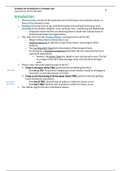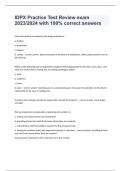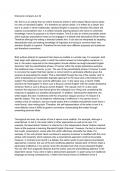Samenvatting
Summary of Schütze: An Introduction to European Union Law + Case Law!
- Instelling
- Universiteit Van Amsterdam (UvA)
A compact but complete summary of Robert Schütze's "An Introduction to European Union Law" (second edition, ISBN: 9781107530324). Covering the entire book, so all chapters: Union Institutions / Union Legislation / Union Competences / Fundamental Rights / Internal Market: Free Movement of Goods /...
[Meer zien]











